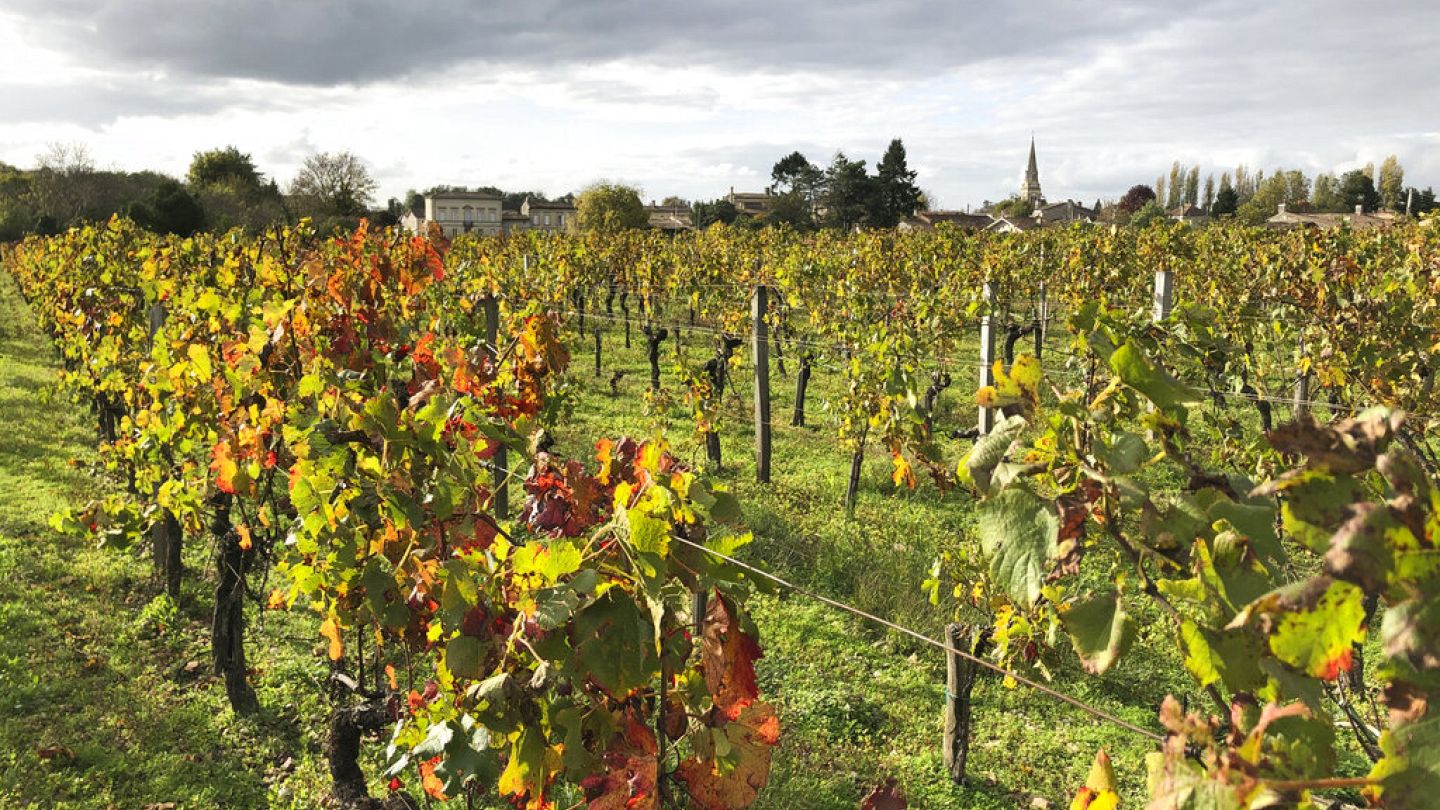Changing drinking habits in Europe: 'Non-alcoholic wine'
The European Commission recently presented measures to strengthen the competitiveness of the wine sector. Among these measures was the promotion of alcohol-free wine.
Health issues, pressures regarding alcohol use while driving, changing habits of the younger generation... According to the World Health Organization, alcohol consumption per capita in Europe decreased by 20% between 2000 and 2019. Facing the reality of declining demand, some wine producers are investing in alcohol-free wine and opting for innovation to diversify their sales. "Associated Beverage Solutions," located near Charleroi in Belgium, has been producing alcohol-free wine since 2018 using a vacuum distillation process that is said to preserve flavors and aromas better than other methods. This technique involves heating the wine under vacuum to lower the boiling point of alcohol from 90°C to 35°C. However, the absence of alcohol also changes the taste of the wine. Other components and aromas are added later. "The taste and quality of alcohol-free wine is clearly improving. We have seen a few players or product suppliers interested in alcohol-free wines in the aroma market, especially those developing a range of products for alcohol-free wines and helping us create more interesting products," says Benoit Poisson, production manager at Associated Beverage Solutions, to Euronews. The company produces alcohol-free white and sparkling wines in larger quantities compared to traditional products. "Producing an alcohol-free red wine is more challenging because it is harder to achieve balance without using alcohol," explains Benoit Poisson. The numbers speak for themselves. The company's production of alcohol-free wine increased from 1.2 million liters in 2019 to 5.3 million liters in 2024. Suppliers primarily come from France, Spain, and Italy. According to Francis Aguilar, General Manager of Associated Beverage Solutions, a significant portion of alcohol-free wine production is sold to Scandinavian countries, the Netherlands, Belgium, and the UK, which are "historically more open to innovations." On March 28, the European Commission presented an action plan to increase the competitiveness and resilience of the wine sector in the face of changing consumer habits, climate change, and market uncertainties. Specifically, they propose to support the marketing of "0% or low-alcohol" wines by clarifying rules and making definitions consistent across the single market. Currently, the terms "zero alcohol," "0%," or "low alcohol" are defined differently across the EU and vary from one member state to another. Therefore, the Commission advocates the use of the term "alcohol-free" when defining a wine with an actual alcohol by volume (ABV) not exceeding 0.5%. If this percentage does not exceed 0.05%, the term "0%" can also be added. Trade War The European wine industry is currently holding its breath, eyes fixed on the United States. U.S. President Donald Trump has threatened a 200% tariff on European-origin wines if the European Commission retaliates with tariffs on whiskey. Following pressures from Italy and France, the EU is expected to release American whiskey.


